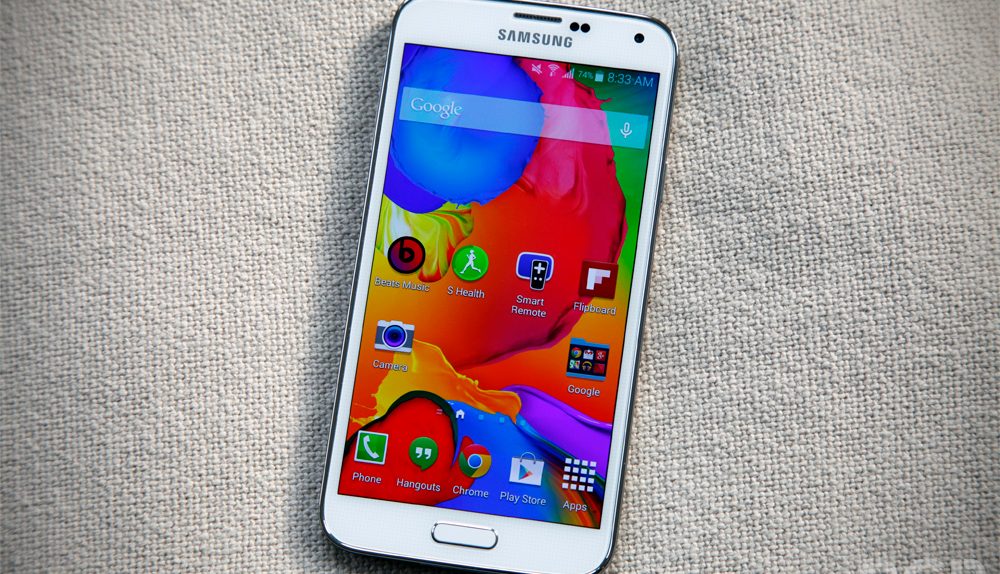Samsung had a very rough year in 2014. The company’s flagship smartphone, the Galaxy S5, was seen as a disappointment by most pundits and industry watchers. According to several reports, the phone also failed to meet internal sales estimates. Making matters far worse was Samsung’s performance in the most recent quarter, when immense pressure at the high and low ends of the smartphone market caused a shocking 60% drop in operating profit.
But Samsung will finish 2014 with a much-needed win. According to the results of a massive study, Samsung has passed Apple to become the most beloved cell phone maker in the United States.
DON’T MISS: Google lists 127 of the best Android apps in the world, and you need to try them all
This year’s American Consumer Satisfaction Index performed by the University of Michigan found that Time Warner Cable and Comcast are the two most hated brands in the country. The 2014 Index covered 230 different brands and was the result of data collected in approximately 70,000 interviews with U.S. consumers.
Narrowing focus to just cell phone makers, the study showed an interesting changing of the guard in 2014 that will come as a surprise to some industry watchers.
Though it was conducted ahead of this year’s release of the iPhone 6 and iPhone 6 Plus, which combined to make up the biggest cell phone launch in history with more than 10 million units sold through the end of their debut weekend, Apple earned a customer satisfaction score of 79 out of 100 in 2014, dropping 2.5% from the 81 it scored in 2013.
Meanwhile, Samsung’s customer satisfaction score jumped to 81 in 2014, up 6.6% from 76 last year.
This may have been a big win for Samsung as it moves into 2015 and looks to regain momentum. Rumors suggest that Samsung went back to the drawing board and designed the upcoming Galaxy S6 from the ground up, having included some unique new features that might help separate the company’s upcoming new flagship phone from the pack next year.
Samsung’s new Galaxy S6 is expected to be released sometime in the first half of 2015.
Updated to clarify study timing. An earlier version of this post incorrectly suggested that the study was conducted following the launches of Apple’s 2014 iPhones.




